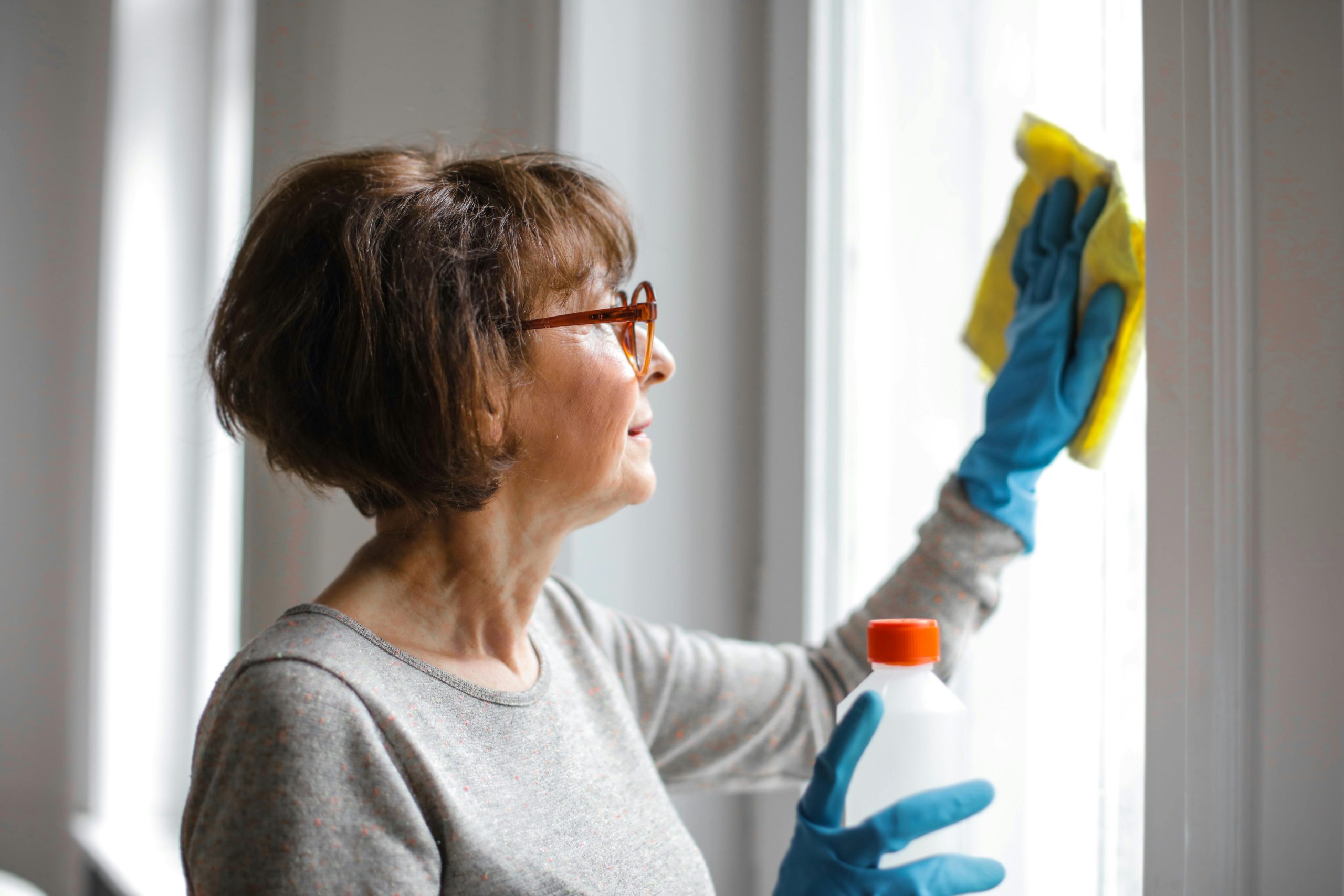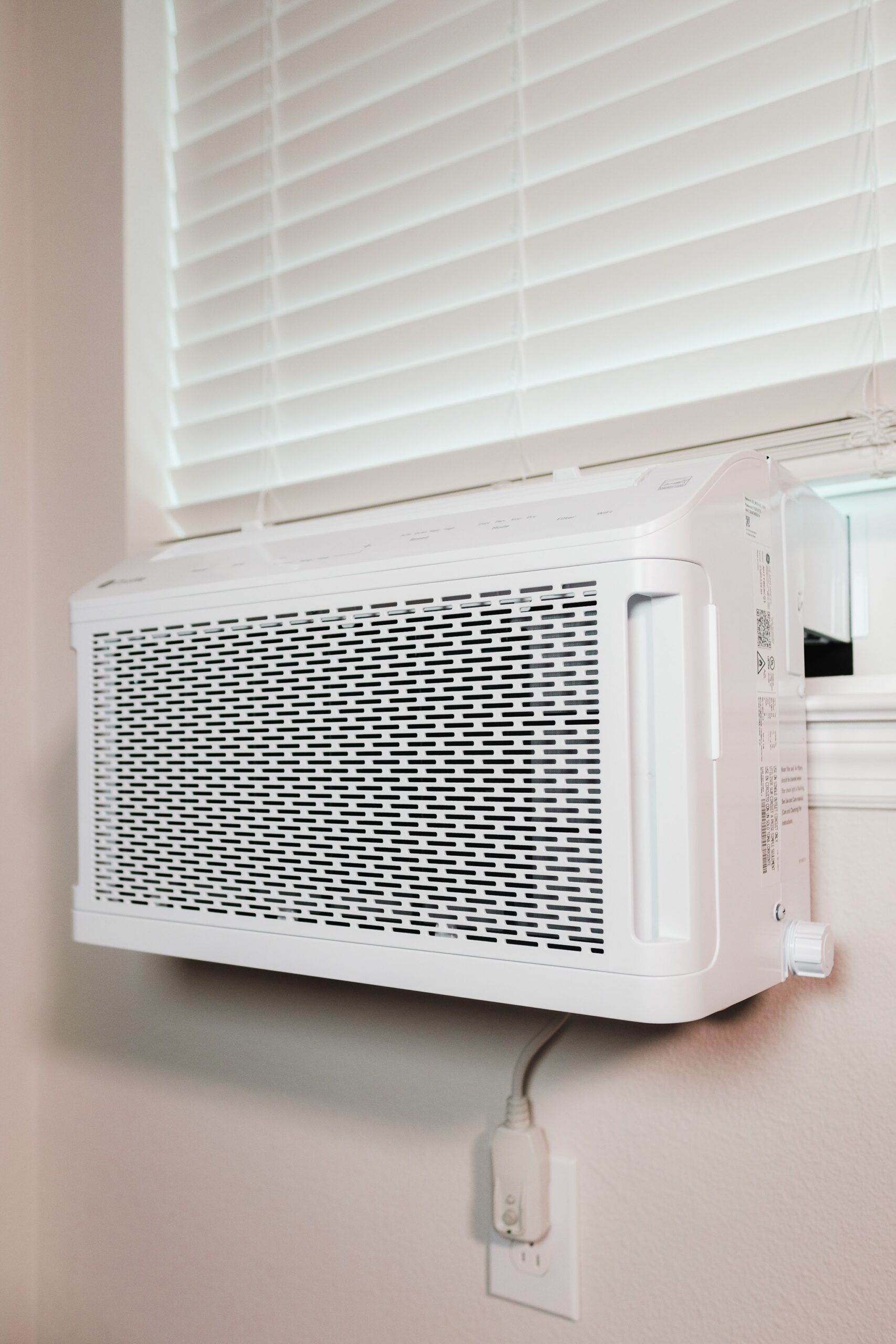Transform Your Cleaning Routine with the Clean and Treat Method

Cleaning takes time, calls for a lot of work, and it is not always fun. The battle against dust, dirt, and bacteria can sometimes feel endless.
Fortunately, there is a technique that could reinvent your cleaning routine. It is a method that makes your place shine, in addition to ensuring long-term surface protection and preservation.
Introducing the ‘clean and treat’ approach, which has revolutionised professional cleaning.
The best part? It does not require fancy tools or hours of scrubbing. If you are tired of the same old, tiresome cleaning routines, keep reading.
What Is the Clean and Treat Method?
The clean and treat approach is exactly what it sounds like—you treat a surface after it has been cleaned.
This two-stage method enhances efficiency by not only removing dirt but also adding a protective layer. As a result, future maintenance becomes easier and less frequent.
Specialists have long recognised that many surfaces benefit from routine treatment after cleaning. This includes worktops, flooring, and even furniture.
To further demonstrate, consider washing your car. It involves more than merely removing grime. You apply wax to protect the paintwork.
The same principle applies here. Applying a protective coating can prevent future build-up, reduce wear and tear, and give the surface a lustrous finish after cleaning.
For example, after plenty of use, wooden flooring or furniture often seems dull. Therefore, a basic cleanup will momentarily improve their appearance.
However, conditioning them with wood oil or polish can preserve the material from harm, and maintain its vibrant appearance.
Similarly, covering counters or tiles with a protective coating can prevent stains from clinging. This simplifies cleaning later on.
How the Clean and Treat Strategy Saves Time
If you tidy appropriately, you can avoid daily or even weekly grinds. Using the clean and treat approach, the time you spend upfront will pay off down the road.
Treating surfaces after cleaning helps minimise the need for continual polishing, dusting, or scrubbing.
Think of your bathroom. It is one of those locations that appears to attract soap scum, mould, and mildew like a magnet.
For a few days, it appears great if you simply give it a once-over with a cleaning spray and scrub. Unfortunately, the clutter returns rapidly.
To prevent grime from clinging, apply a treatment that forms a protective barrier, such as an anti-mould spray or a tile sealant. This makes cleaning next time quicker and simpler.
In busy places like kitchens and corridors, this approach also does miracles. After cleaning, treating these areas guarantees they remain fresher for longer. It lets you go weeks without having to undertake a thorough cleanup.
The less time you spend cleaning, the more time you will have for the things you truly enjoy.
Better Results with Less Effort
Although achieving this can be challenging, we all desire that freshly cleaned look. We want glossy flooring, gleaming worktops, and streak-free windows.
The clean and treat approach allows you to achieve concrete results without all the extra work. Including treatments in your schedule guarantees that your hard-earned results will last longer and also helps to simplify your life.
Many cleaning services swear by this method for good reason. It keeps areas looking immaculate for longer and preserves the integrity of the clean surfaces.
Consider carpets—while quick cleaning removes visible dirt, products like fabric protectors take it a step further by preventing stains and reducing fibre wear.
What you will get afterwards is a cleaner appearance and carpets that require replacement less frequently.
Window washing is another area where this approach excels. You can spend an endless amount of time cleaning and wiping, only to find streaks as soon as the sun comes through.
Fortunately, some solutions ensure long-lasting cleanliness in addition to decreasing water spots and streaking. These few adjustments to your cleaning schedule will make a huge difference.
Executing with Precision
Do not panic if the thought of adding a treatment phase to your cleaning regimen seems excessive. To reap the advantages, you need not transform your house into a do-it-yourself cleaning lab.
Professional cleaning services have long demonstrated the efficiency of this method. Housekeeping experts know that cleaning is about preserving, rather than just appearances.
Many firms provide specialist formulations for various surfaces. This ranges from stain-repellent coatings for carpets, to antibacterial agents for bathrooms and kitchens.
Therefore, hiring a dedicated cleaning provider can be helpful. If you wish to handle this yourself but are not qualified, trained assistance can be the best option.
Many businesses give one-off deep cleans with treatment choices. Alternatively, you can get monthly maintenance cleaning, whereby solutions are administered regularly.
High-traffic locations, or companies that must uphold a high degree of cleanliness without regular deep cleans, would especially find this helpful.
Adapting the Clean and Treat Method to Your Home
The benefit of the clean and treat approach is that you can readily apply it at home, rather than only in commercial areas or by trained cleaners.
The ideas apply whether your residence is a small flat or a large house. Once you become accustomed to it, a routine will develop naturally.
Start with the frequently cleaned areas. In the kitchen, for example, use a sealer to help prevent stains and spills following countertop cleaning. Once you have cleaned the shower tiles in the bathroom, treat the area to stop mould growth.
After dusting, wooden furniture can benefit from a short polish or protective wax. Polishing the floors with the right product after mopping will make them shine much longer.
Here is some good news—you do not have to apply protection to every surface each time you clean. Many protective solutions persist for weeks if not months.
Therefore, you can enjoy the advantages, without having to expend extra effort every time you bring out the cleaning products.
Rotating treatments, and concentrating on high-use areas, will help you keep your house in great shape without making cleaning an all-consuming chore.
Conclusion
The clean and treat strategy is about working smarter, not harder. Make sure your efforts not only improve appearances but also maintain that neat quality for a longer time.
Whether you run a business property or a busy house, this method provides a more sustainable and quick approach to keeping surroundings pristine.
Your cleaning schedule will get simpler and far more satisfying when you start cleaning and protecting surfaces.




